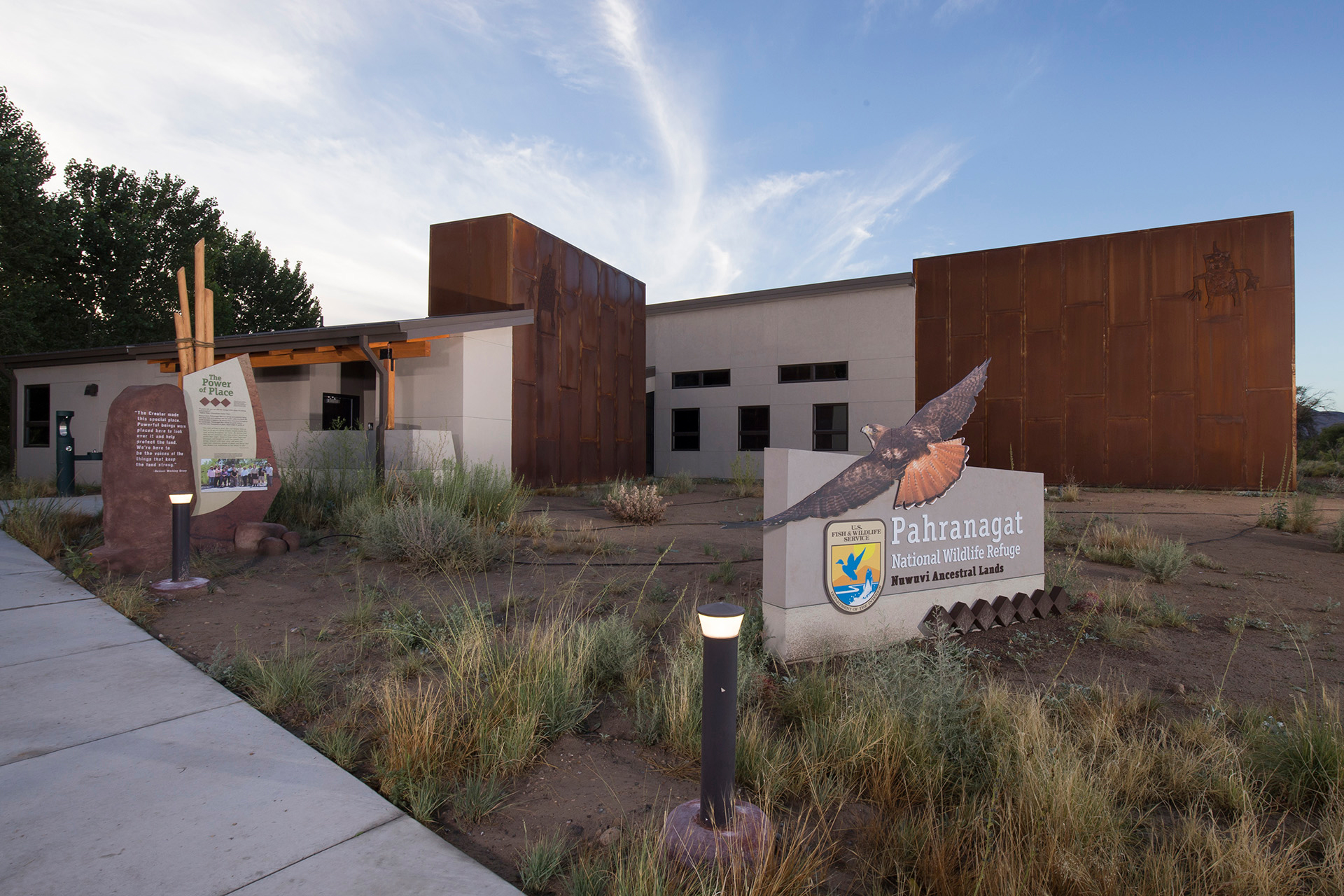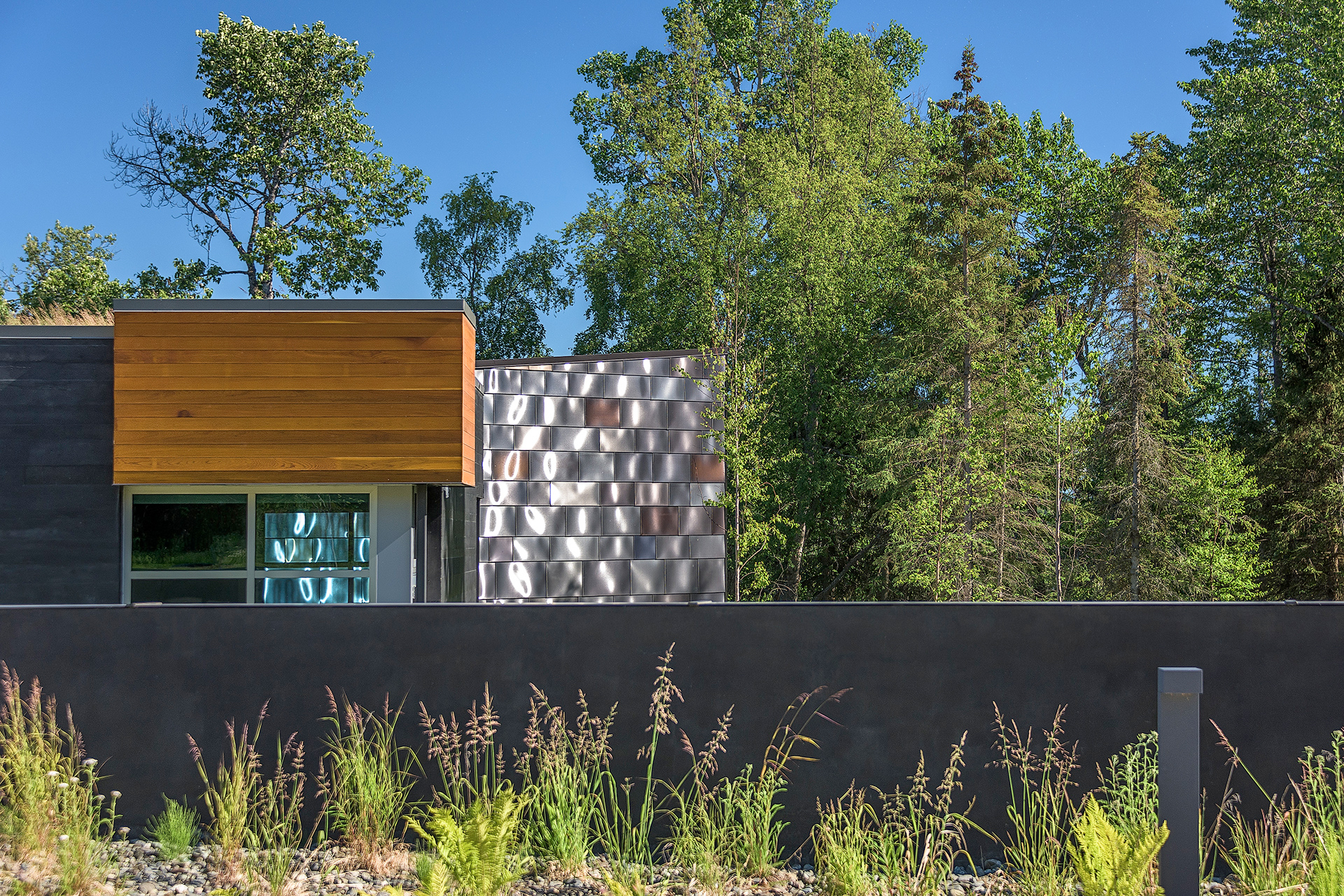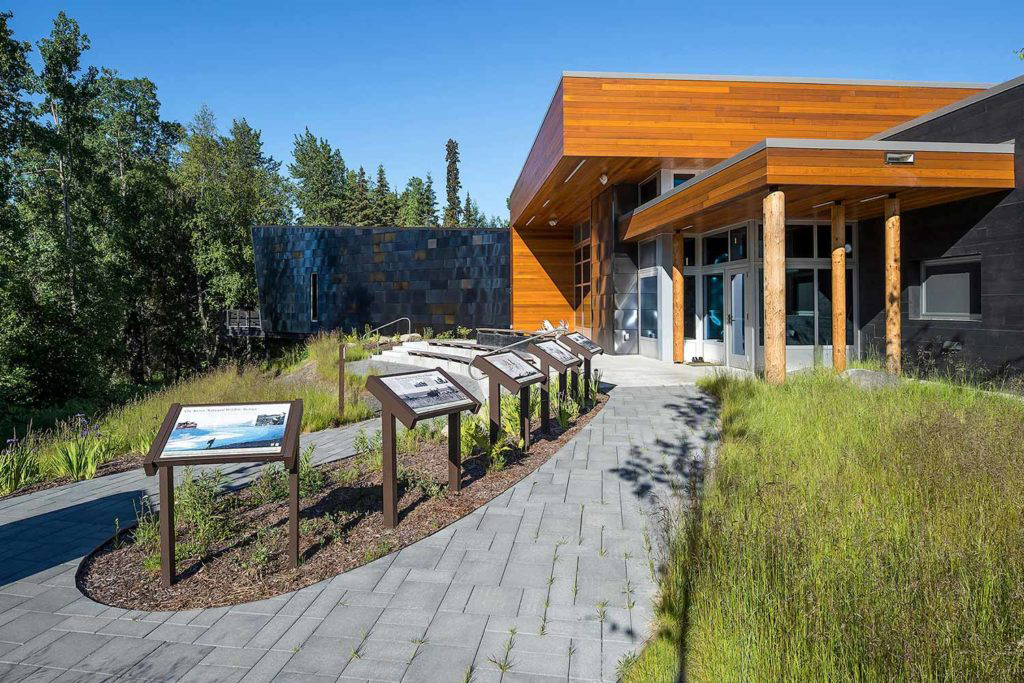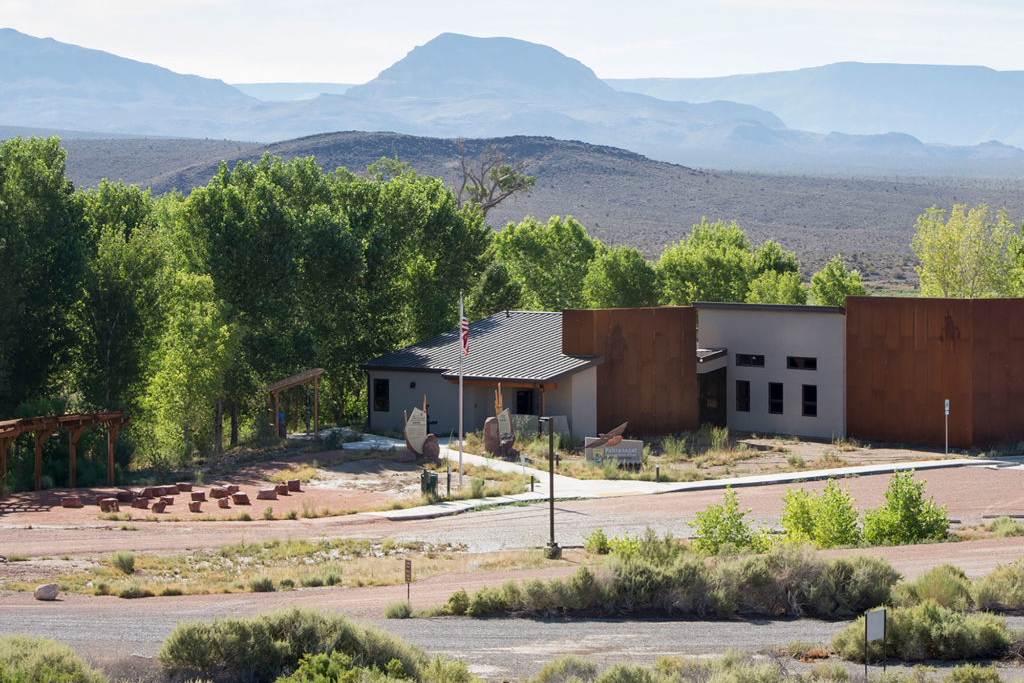Story at a glance:
- As more people seek time in nature, sustainable design solutions and upkeep are more important than ever.
- The number of visitors to the National Park System has grown by 50% since 1980.
- Yellowstone National Park had its busiest September on record in 2020 with more than 800,000 visits.
Few countries can boast having the range of natural environments that we do in the US. From the rocky peaks of the Sierra Nevada mountain range to the Gulf Coast wetlands—and all of the national monuments that dot the landscape in between—these scenic places are the stuff of great field trips, road trips, and vacations. But if we want to continue making these great memories, it’s up to those tasked with the maintenance, upgrades, renovations, and new facilities for our National Park System to ensure we’re caring for these sacred places thoughtfully with their protection and long-term conservation in mind. We need sustainable design solutions in natural environments.
It’s easy to assume these sites require little upkeep—a national park is just nature showing off, right? However, without proper maintenance and planning, visitors risk making memories of potholes and broken toilets rather than sunset hikes and scenery. It’s often the unnoticed work that allows the views to truly come into focus.
Over the past few decades America’s national parks and monuments have fallen behind in upkeep. This is in large part because visits have been on the rise, but funding hasn’t kept up. In 2019 the National Park Service saw more than 327.5 million recreation visits, a 2.9% increase from 2018 and the third-highest year for recreation visits. And this is not a new trend: The number of visitors to the National Park System has grown by 50% since 1980.
Although final tallies are still forthcoming, the pandemic may not have slowed these figures. Yellowstone National Park, for example, had its busiest September on record in 2020 with more than 800,000 visits—a 21% increase from the previous September.
Future-proofing Protected Lands

Cultural acknowledgements were are a large part of the design plan for Pahranagat National Wildlife Refuge Visitor Center. Photo courtesy of Cushing Terrell
As of 2020 national lands have collectively reached an approximate $12 billion backlog of maintenance services needed to repair roads, trails, campgrounds, monuments, fire safety, utilities, and visitor infrastructure. But there’s good news, too. The largest land conservation legislation in a generation passed in 2020—the Great American Outdoors Act (GAOA). Its passage establishes a National Park and Public Lands Legacy Restoration Fund of as much as $9 billion over the next five years to fix deferred maintenance at national parks, wildlife refuges, forests, and other federal lands. It also guarantees $900 million per year in perpetuity for the Land and Water Conservation Fund.
It’s an enormous triumph for our national treasures, but it’s just the beginning of the work to be done. If undertaken thoughtfully, the upgrades and repairs can help visitors appreciate our nation’s parks and monuments for generations to come.
Proper Care and Maintenance Begets Respect
The public spaces covered by the GAOA range from national parks and monuments to conservation and historic sites, and the care required runs the gamut, too. With so many visitors passing through these areas—compounded by wear from weather and other natural elements—roads start to deteriorate, signs become faded, trails are less delineated, and time simply take its toll.
Such deterioration can play a major role in whether people feel compelled to visit. It’s not hard to imagine how a bad experience with a public restroom at a campground can tarnish the trip. If a site is in a marked state of disrepair and visitorship drops, it can financially impact the destination, including the surrounding towns that rely on tourism.
But sub-par maintenance is also a disservice to these sites. It’s hard to see the value of something if you don’t think those responsible for its care are being responsible for it themselves. When facilities are updated and maintained, whether for a natural wonder or historic structure, that’s a significant statement.
Think of what you would otherwise miss if a visitor education center wasn’t there to guide you through. Our nation’s parks and monuments are fundamentally designed to educate the public, whether that’s simply providing the best views of our dynamic geography or offering wisdom on a location’s history or importance. These facilities are necessary for both cultural and environmental preservation, and they call for proper development and care.
Mindful Upkeep

Sustainable building materials are abundant at the Kenai National Wildlife Refuge Visitor Center. Photo courtesy of Cushing Terrell
Mindful upgrades and renovations to national parks and monuments can include the use of sustainable building materials, site-conscious design, and eco-friendly solutions. Most importantly, work like this requires a consciousness beyond the allure of updated facilities—it requires a thoughtful and unified re-evaluation of systems, cultural acknowledgments, and regional vernacular. It must be done with the intention of honoring what’s already there as well as drawing back the curtain for visitors. Preservation is a primary consideration, along with the cultural and historical context. A project done well should blend in, yet still promote a full appreciation of the site.
A Caretaker Mentality
An appreciation for nature runs deep at our firm and among our team members at Cushing Terrell. Not only are we established in the Big Sky Country of Montana, we’ve chosen to expand in places known for their appreciation of the great outdoors. When you can enjoy mountain trails, foothills, forests, lakes, and rivers from where you live, you feel drawn to protect these places with a caretaker’s mentality and sustainable approach.
Our values—both for the firm and as individuals—involve paying attention to what’s around us through first-person experiences. Our natural environments call to us, and we visit these spaces for entertainment, education and simple appreciation, but we never forget our role in keeping them safe. We want to see these areas thrive so that everyone can continue to visit them for many years to come.
Kenai National Wildlife Refuge Visitor Center

Maintaining a light footprint was key to the design of the Kenai National Wildlife Refuge Visitor Center. Photo courtesy of Cushing Terrell
The Kenai National Wildlife Refuge Visitor Center in Alaska was designed to meld into the landscape, immersing users in the surrounding forest habitat. With an eye toward sustainability, the building incorporates environmentally friendly features such as a sod roof, PV solar panels, in-floor radiant heat, LED lighting, a natural ventilation system, and a soapstone masonry heater.
When thoughtfully integrated and supported by sustainable systems, visitor centers like this one provide modern amenities without as much disruption to the important ecosystems people come to learn about. With a multidisciplinary design firm like Cushing Terrell, the opportunities to address future-proofing—from the exterior aesthetic all the way down to the inner workings and technical systems—can be fully realized. With their unique settings and specific uses, these buildings, facilities, and other amenities require specialized knowledge of location, materials, and sustainable practice.
Old Faithful Visitor Education Center

Photo courtesy of Cushing Terrell
The LEED Gold–certified Old Faithful Visitor Education Center in Yellowstone National Park uses a natural convection system to ventilate the lobby, which spans 2,500 square feet and is 60 feet tall with automated operable clerestory windows and a damper louver system at floor level.
The convection system is tied into the energy management system to coordinate with the mechanical system and allow for natural ventilation to occur when the exterior conditions and inside temperatures are optimal.
The mechanical system facilitates zoning the building such that in winter, with decreased public visitation and staff, areas of the building are “idled” and maintained at lower temperatures. Mechanical ventilation and cooling utilizes an outside air economizer, bringing direct and indirect evaporative cooling online as needed.
Pahranagat National Wildlife Refuge Visitor Center

The Pahranagat National Wildlife Refuge Visitor Center in Nevada is net zero. Photo courtesy of Cushing Terrell
The highly sustainable, net zero Pahranagat National Wildlife Refuge Visitor Center incorporates design aspects and building materials important to the region’s cultural history and the Nuwuvi, or Southern Paiute peoples, such as an east-facing entry and banding to express the red-tailed hawk.
Inspiration was sought from the history of the area, the landscape, and the native wildlife. The visitor center is tucked into its surroundings with a minimal energy footprint. In fact, it has achieved zero net energy and LEED Silver accreditation using upgraded building insulation, daylight harvesting, and a ground-source geothermal HVAC system. It’s a beautiful, modern facility that supports, rather than interrupts, its environment.



